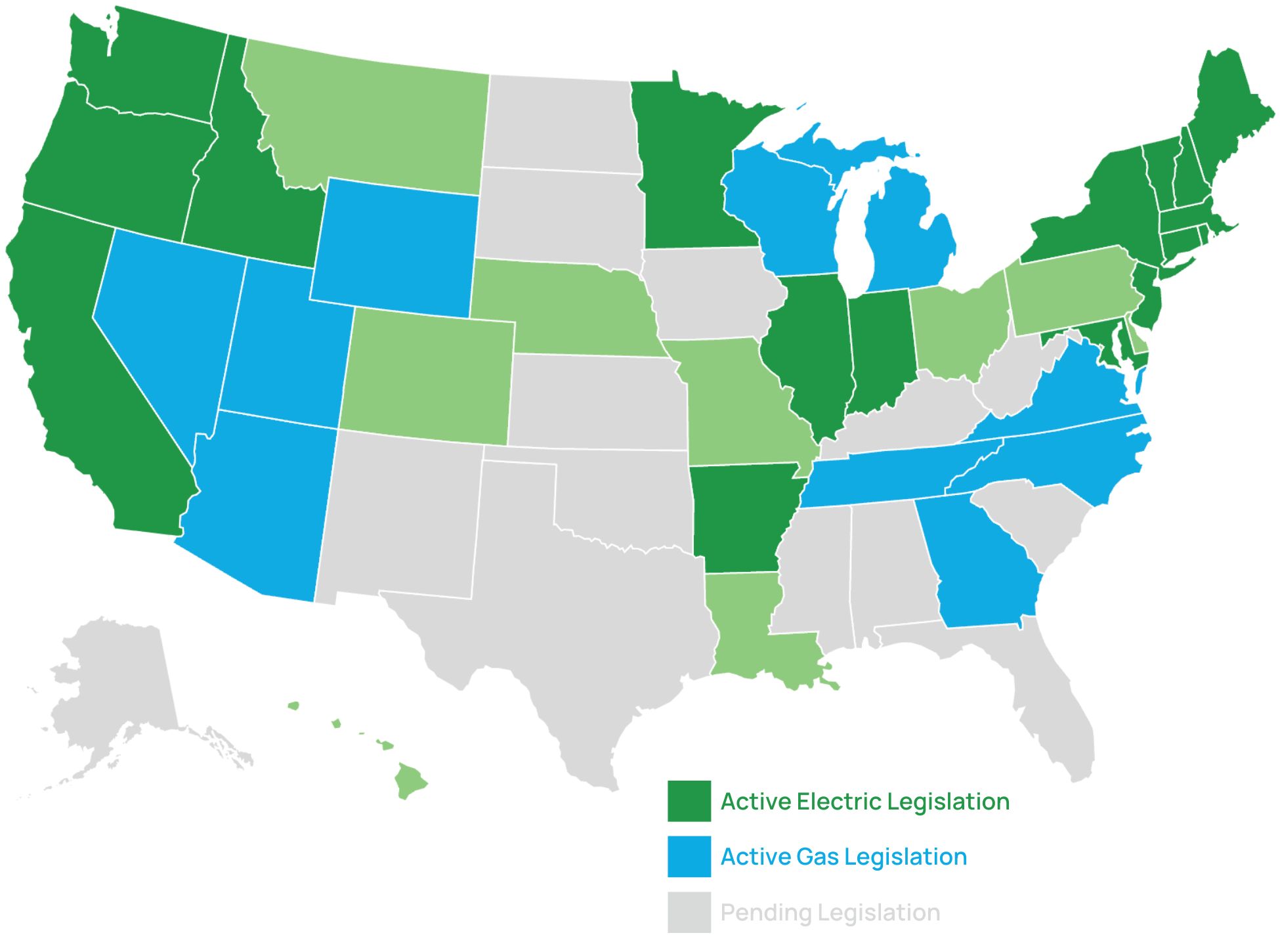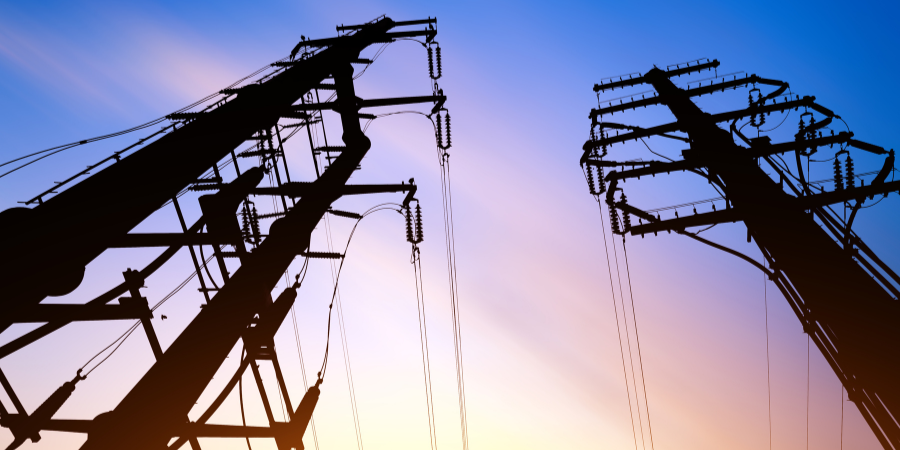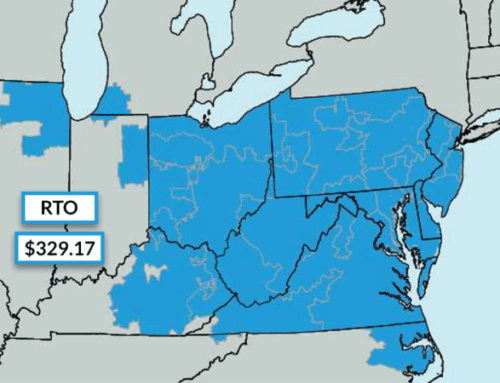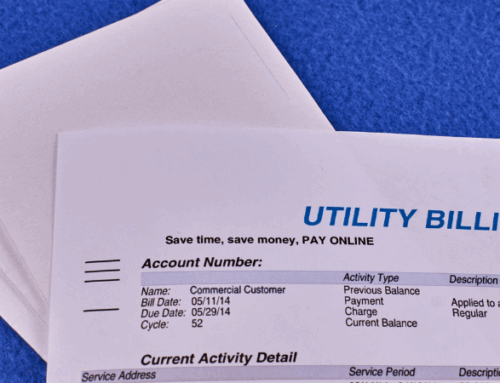Utility revenue decoupling is a new approach to utility regulation and policy that breaks the traditional link between utility profits and the volumes of energy sold. This new structure is designed to encourage utilities to invest in energy efficiency without compromising their financial stability. In this article, we’ll explore what utility revenue decoupling is, its pros and cons, how it is implemented in the United States, and its impact on energy rates and the retail energy markets.
What Is Utility Revenue Coupling?
Utility revenue decoupling is a regulatory structure aimed at aligning the financial incentives of utilities with energy efficiency goals. Under traditional utility rate structures, revenues are directly tied to the amount of electricity or natural gas sold, which creates an incentive for regulated utilities to increase sales. Utility revenue decoupling eliminates this incentive by adjusting rates to ensure that utilities recover their fixed costs and earn a fair return on investment, regardless of sales volume. This adjustment ensures utilities remain financially viable while supporting smart grid optimization and energy efficiency initiatives.
Pros
There are several pros of utility revenue decoupling that help to lower energy costs for consumers, and ultimately promote more reliable electric transmission infrastructure. Let’s explore some of these pros in more detail below:
Promotes Energy Efficiency
By removing the financial incentive for energy sales and shifting it towards return on capital invested, utilities are more likely to invest in energy efficiency programs that benefit both the environment and consumers.
Stabilizes Utility Revenue
Decoupling ensures that utilities can recover their fixed costs and earn a fair return, providing financial stability even when energy consumption decreases.
Encourages Long-Term Planning
Utilities can focus on long-term investments in energy infrastructure and renewable energy without worrying about short-term fluctuations in sales.
Reduces Rate Volatility
Decoupling mechanisms typically result in small, frequent rate adjustments, which can help smooth out rate volatility for consumers.
Cons
Despite its benefits, utility revenue decoupling also has some drawbacks:
Potential For Higher Rates
Depending on the energy tariff, some consumers may experience higher energy rates if their usage patterns differ significantly from the average, particularly those with lower load factors.
Complexity Of Implementation
Implementing decoupling requires sophisticated measurement and frequent rate adjustments, which can be administratively complex for the utility company.
Risk Of Unintended Consequences
If not carefully designed, decoupling mechanisms can result in unintended consequences, such as reduced incentives for utilities to manage their operating costs efficiently.
Decoupling In The United States
Decoupling energy policies have been adopted in numerous regulated and deregulated energy states across the U.S. to support energy efficiency and stabilize utility revenues. For example, in Michigan, the state combined decoupling with mandates for energy efficiency programs, resulting in substantial energy savings, reduced emissions, and a greater move towards the clean energy transition. Other states have implemented similar policies, recognizing the benefits of aligning utility incentives with public policy goals. The map below outlines which states have pending and active decoupling regulation:

Decoupling Policies And Impact On Energy Rates
Decoupling policies impact energy rates by ensuring that utilities recover their fixed costs through rate adjustments rather than increased energy sales. These adjustments are generally modest, with many falling within a 2-3% range of the retail energy rate. The impact on energy rates can vary based on the design of the decoupling mechanism and the specific energy policies in place.
For instance, some states use a “true-up” mechanism to adjust rates based on actual consumption, while others use a balancing account to manage over or under collections of revenue. These mechanisms help stabilize energy rates and ensure that utilities can continue to invest in energy efficiency and infrastructure improvements. Additionally, decoupling can often be bundled with other energy efficiency policies that can benefit both rate payer and utilities alike.
Want To Learn More About How Decoupling Is Affecting Your Business Energy Rates?
Utility revenue decoupling is a crucial strategy for aligning utility profits with energy efficiency objectives. By breaking the link between sales volume and revenue, decoupling encourages utilities to invest in energy-saving programs while maintaining financial stability. As more states adopt and refine decoupling policies, the potential for widespread energy savings and environmental benefits grows. To learn more about how decoupling and other energy policies can impact your business, get in touch with us and explore our comprehensive guides on how to shop for energy plans and ways to reduce energy costs.



